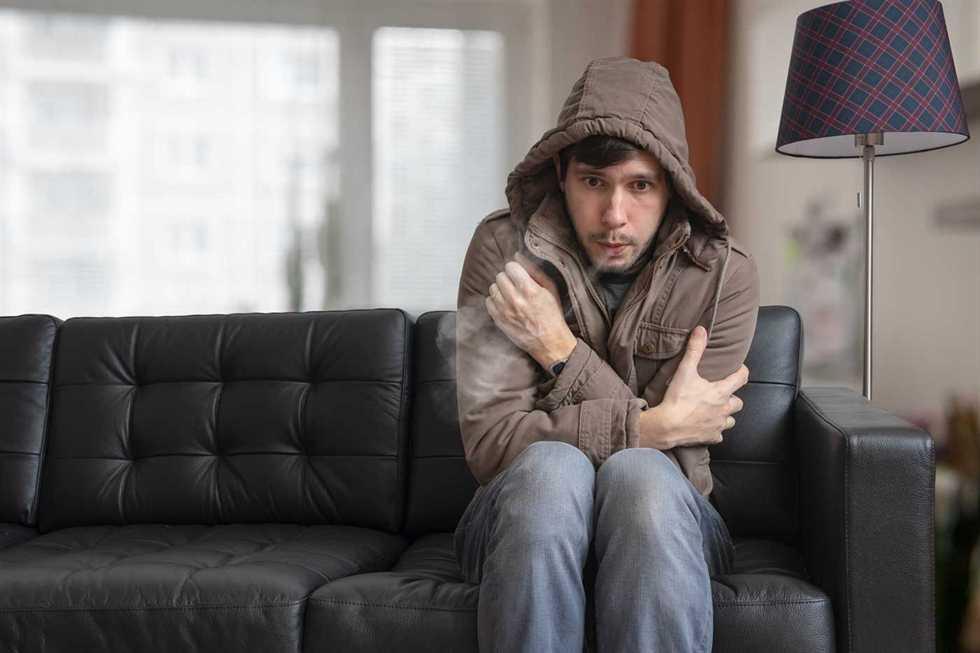
Sometimes, it feels like your thermostat is lying to you. Even though it’s hot outside, you’re shivering inside your house. The temperature reads a comfortable 20 degrees Celsius, but it feels more like 10. Something’s gone wrong here – but it might not be your furnace. Turning up the temperature means racking up the heat bill, and that might not solve your problem. There are all sorts of reasons why it feels like a snow globe in your living room. To help you trace the cause of this common problem, we’ve compiled the most likely reasons why your house is too cold.
The first thing to do is to make sure that all the vents are open so that heat can cycle through the house. Leave bedroom doors open to encourage airflow throughout every room. Then you’ll want to check for cold spots – these are caused by air leaks, where warm air seeps out of your house through cracks in the walls and windows. Single-pane windows with wooden frames are especially bad for this; consider replacing them with triple-pane windows instead. Other usual suspects for these weak spots are doors, crawl spaces, and laundry room vents. When warm air leaks out, cold air comes in and brings down the humidity, which makes the air even colder. Check for cold spots in your house and watch the humidity levels. It could point you towards the direction of the problem.
You may notice that different floors of your house are colder than others. Make note of which are the coolest – it could mean you have a ventilation problem. If the main floor is cold but the top floor is hot, it indicates a problem with your HVAC (heating, ventilation, and air conditioning). That’s why even though your thermostat reads 20 degrees Celsius, it may feel much cooler. Installing different zones in your air conditioning system will help regulate the temperature of your house.
Another cause for a chilly house is improper insulation. The best heating system in the world is useless without insulation. Especially if your house is older, the insulation it has may be inadequate. Uneven or thin insulation is another way for warm air to leave your house and let cold air in. The ductwork itself may also be a problem – it needs to be the right size for your house. You can check the ducts for cracks in the seams where air might be leaking out. To fix problems like these, it’s best to contact a heating specialist.
Here’s the good news: if you’ve diagnosed some of these problems in your house and don’t know what to do next, the Winnipeg AC repair experts can help. Our contractors can inspect your HVAC system and make sure it’s working properly. We can fix air leaks with caulking, repair improper insulation and patch-up leaky ductwork. At Provincial Heating and Cooling, we are experienced at diagnosing heat-loss issues. Give us a call, and say goodbye to those goosebumps!

